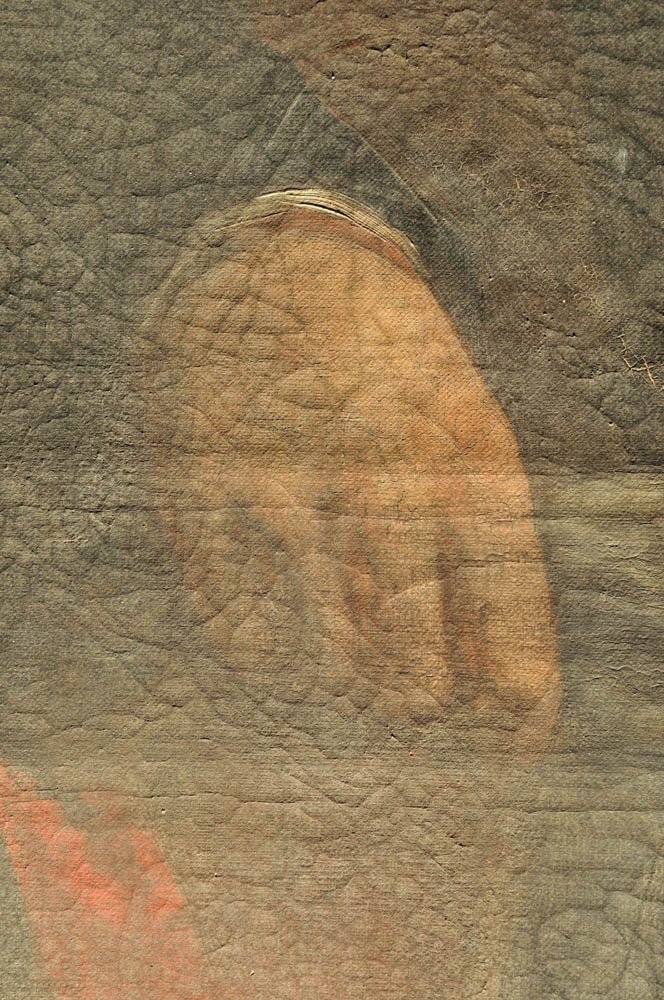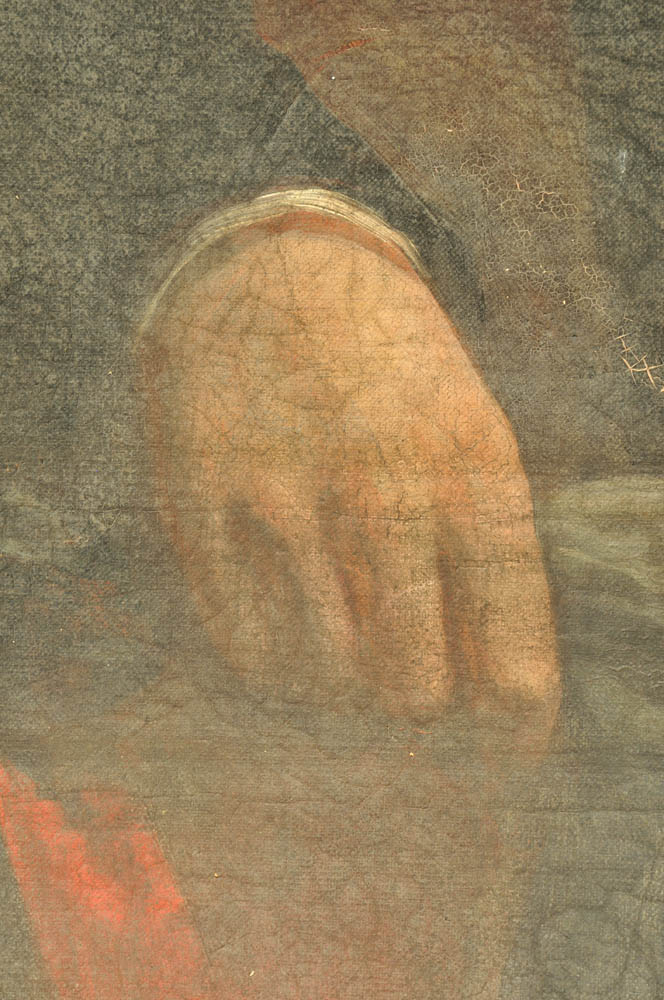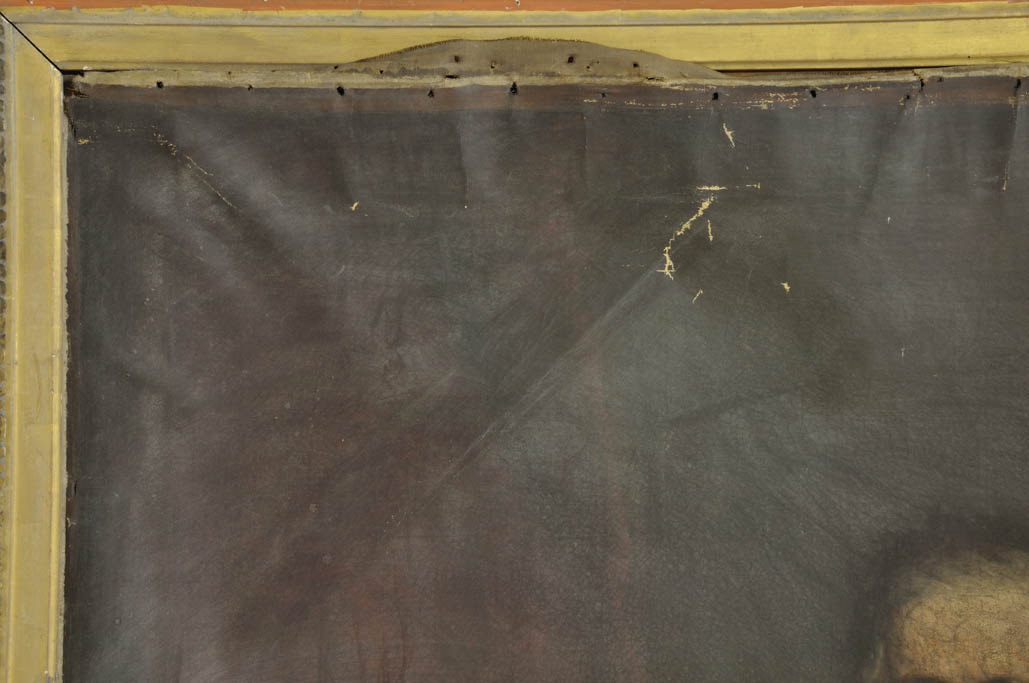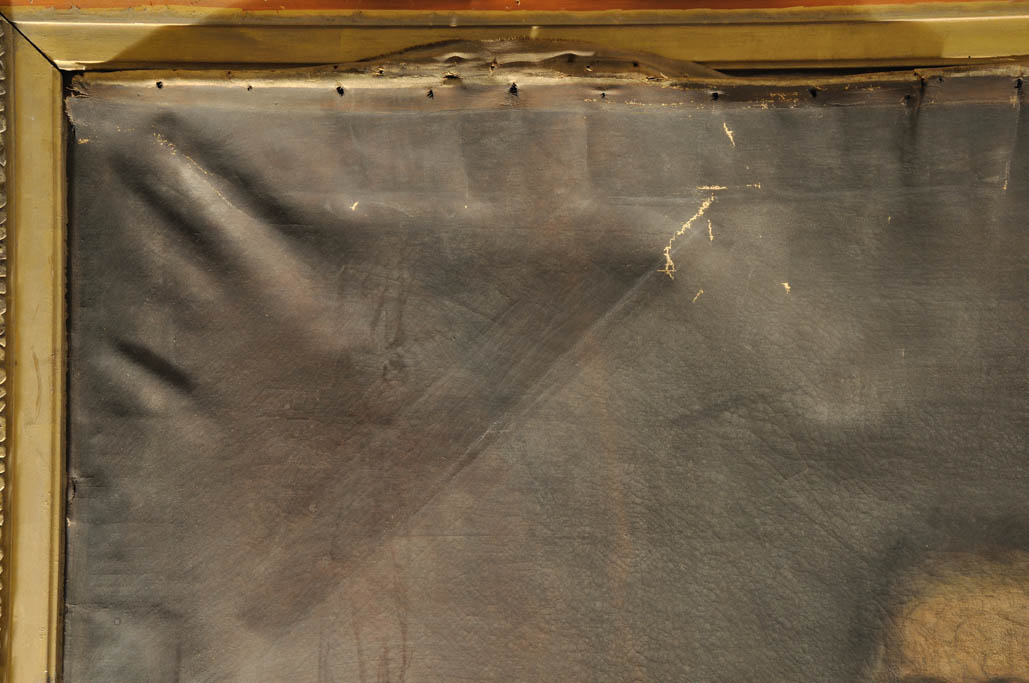Visible light
Visible light
Visible light is the only portion of the electromagnetic spectrum that is visible to the human eye. Visible light encompasses daylight, incandescent and fluorescent light sources. Examination with visible light is used in the initial stage of the examination of works of art. Such examination is frequently aided by the hand-held magnifiers and stereomicroscope, to zoom in on features of special interest. The direction in which the light falls on the painting can reveal the individual technical features as well as different conservation issues.
Observations with direct and diffused light can easily reveal discolourations, pigment changes and losses of the painting layer.
When light source is located to one side of the object at low angle between 5º and 30º with respect to the examined surface, it is called raking or grazing light. This type of examination emphasizes the painting layer texture like brushstrokes, impastos, flaking paint and support deformations like bulges, creases and tears. The observation with raking light allows the conservator or art historian to study the artist’s technique and also indicates the areas that require a conservation attention.
When light source is placed at the back of the painting and the front of the painting is examined, this is called transmitted light. This method produces information about the different fissures, cracks and thickness of the paint. This technique is also very helpful in examination of glass reverse paintings.
The results of the visible light examination can be recorded with standard photography techniques while photomacrography may be used to record information about the artist's materials, painting technique and document inscriptions.









INFO









INFO



